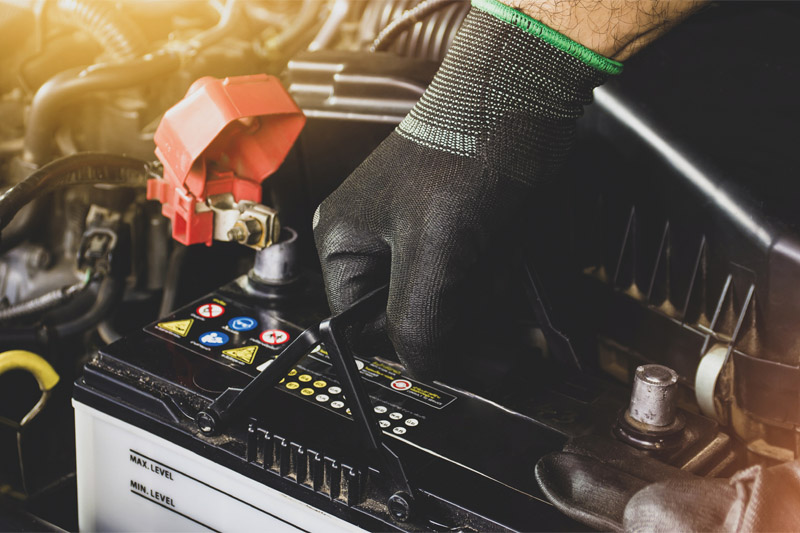
Batt
Rotronics is one of the UK’s leading battery management specialists, and therefore Managing Director Ken Clark is best placed to provide excellent battery advice for PMM readers. Here, he highlights three pointers that should not be missed!
TIP 1
Know your battery technology and standard
When you test a battery, you must know what technology it is. The options are most likely to be EFB, AGM, Flooded or Spiral AGM. You need to know this because each technology has varied applications and different characteristic and performance when being tested.
You also need to know the battery standard. EN, DIN and SAE are the most frequently used. If the tester is set to the wrong standard, you will get an incorrect test reading and the diagnosis will be wrong. The standards are set by the battery manufacturer to ensure that we test correctly.
TIP 2
Hazards
Load testers should be expelled from any workshop and non-invasive new testers used instead. Modern technology testers are non-intrusive, and pose no risk to sparks or polarity problems, unlike traditional load testers.
Sulphuric acid in batteries is highly corrosive; it will seriously burn or injure if there is any contact with the skin or eyes.
Keep electrolyte spill to a minimum when changing a damaged ‘flooded’ battery. Usually, they are sealed when in good condition and will not be a hazard. Explosions are infrequent, but can occur in workshops due to poor handling or maintenance. Hydrogen gas generated by batteries is highly explosive, and care should always be taken when working in close proximity.
This presents a particular risk when batteries are connected/disconnected from the vehicle. Take care when using tools close to batteries to prevent short circuits and sparks. A 12V shock is not life-threatening, but an avoidable battery explosion can cause serious injury.
And finally…watch your back. Batteries are heavy.
TIP 3
Electrolyte
If you remove the battery’s filler cap there should be some electrolyte covering the plates. The plates must be covered prior to charging. Do not fill the cells to their maximum levels at this stage, as this leads to an excess of electrolyte. This is because cells expand while charging and this causes excess acid being expelled from the battery. Electrolyte levels are likely to be lower if a battery is flat.
Before charging, check that the electrolyte is at least a couple of millimetres above the plate level inside the battery. Then, after charging, check the electrolyte levels. Avoid overfilling as this can cause acid spillage and overflow.









